Application
equipment
In this section you will find a range of practical information related to our solutions. In the articles, we share our experience, discuss implementation steps and highlight good practices. It is a reliable source of information and advice on the provision of drinking water in public spaces, the legal regulations in this area, the benefits of installing drinking water dispensers and the technological aspects in this field.
We look forward to reading!

Drinking water wells in buildings are often overlooked in projects, which is a mistake, as they play a significant role in promoting both environmental sustainability and economic efficiency. These inconspicuous solutions provide easy access to clean drinking water, reducing the need for disposable plastic bottles and the associated environmental and financial costs. Which ones? About this in this article.
Environmental benefits
Reducing plastic waste: One of the most important benefits of green springs is the reduction of plastic waste. Plastic bottles are a major contributor to pollution, and their production consumes huge amounts of fossil fuels. By encouraging people to refill reusable containers at fountains, we can significantly reduce the demand for single-use plastic bottles.
Saving energy and resources: Producing, transporting and disposing of bottled water requires significant amounts of energy and resources. Drinking springs, on the other hand, use existing water infrastructure and minimal electricity for cooling or filtration, making them much more energy and resource efficient.
Water conservation: Water springs generally use municipal tap water, which is subject to strict quality standards. This helps to conserve water resources in contrast to the bottling industry, which uses large amounts of water for purification and bottling processes.
Reduced carbon footprint: The carbon footprint associated with transporting bottled water over long distances can be significant. Drinking water outlets in buildings reduce this footprint by providing a local and sustainable source of hydration.

Economic benefits
Savings: Installing and maintaining the sprinklers is more cost-effective in the long run compared to purchasing bottled water for the building's residents or employees. The initial investment in these solutions is quickly offset by the reduced expenditure on bottled water.
Maintenance capacity: Sprinklers have relatively low maintenance costs. They require periodic cleaning and possible filter replacement, but these costs are minimal compared to the ongoing expense of purchasing and managing bottled water supplies.
Productivity and health: Access to clean drinking water can ensure healthier and more productive residents or employees. Proper hydration is essential for cognitive function and overall wellbeing, potentially reducing absenteeism and increasing productivity.
A better image of sustainability: Adopting environmentally friendly practices, such as the provision of bottleless drinking water dispensers in the facility, can improve the building's sustainability image by attracting environmentally conscious tenants and customers.
In summary, in-building sprinklers offer countless benefits, both environmental and economic. They contribute to reducing plastic waste, conserving resources, lowering greenhouse gas emissions and saving money in the long term. Investing in drinking water springs is a sustainable and financially wise decision that promotes a healthier planet and more efficient building operations.
In this section you will find a range of practical information related to our solutions. In the articles, we share our experience, discuss implementation steps and highlight good practices. It is a reliable source of information and advice on the provision of drinking water in public spaces, the legal regulations in this area, the benefits of installing drinking water dispensers and the technological aspects in this field.
We look forward to reading!
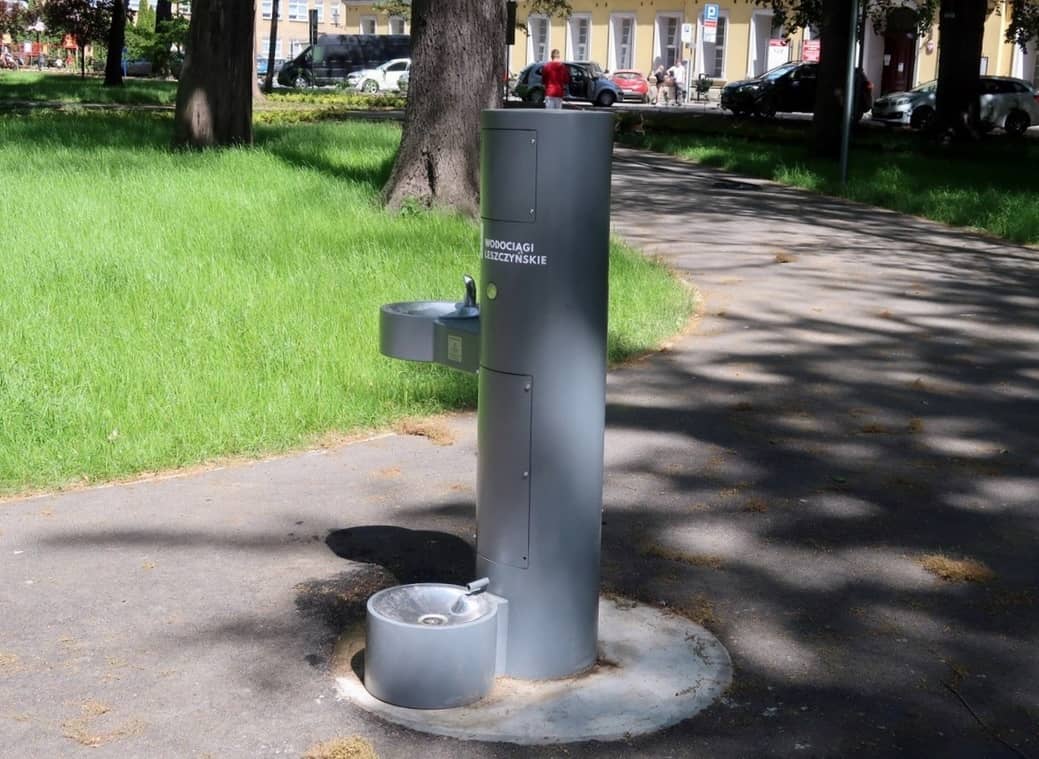
Universal access to drinking water in public spaces has been the norm for many years in Western European and North American cities. In many of them, drinking water springs were established as early as the 19th century and in some cases even much earlier. Today, in Poland too, there is increasing talk of the need to provide as many places as possible with public access to water. Why are drinking water springs in public spaces so important? What can we do to increase their number?
A drinking water well, also often referred to as a watering hole, a water supply or a spring, is a device that provides a public, free access to potable water from the municipal water supply system. They make it possible for everyone to drink fresh water, regardless of the time or lack of funds. In this way, one of the basic needs of every human being is realised.
Viewed from a legal and technical point of view, drinking water springs in public spaces are classified as so-called tap fittings. This is a piece of equipment in the water supply network that allows water to be drawn directly from the water supply. Fire hydrants, among others, are assigned to a similar category.
What is the case for municipalities to invest in public access to drinking water sources? First and foremost, it is nod to residentswho, thanks to the availability of public drinking springs, do not have to buy water in the supermarket whenever they feel thirsty. This translates not only into saving moneybut above all it allows real take care of the environment. How?
Good public access to drinking water significantly reduces the demand for bottled drinks. Consequently there is also a reduction in the amount of plastic waste generated. People are more willing to use reusable bottles, refilling them at drinking water spas when they have the opportunity. This benefits the environment, which is not littered with more plastic waste. Public access to drinking water springs thus provides a simple way to go green.

There are often doubts about whether this way of drawing drinking water is hygienic and safe for health. Fortunately, there is nothing to fear! Drinking water sources installed in public places are designed to allow for as the most hygienic water intake.
There are special hygienic flushing systems for spasThe water is then discharged in a cyclic pattern to remove any dirt or deposits without the need for staff intervention. Cyclical water discharges prevent stagnation and ensure the correct water temperature, ensuring high quality and hygiene of the spa.
The fact that drinking water springs are becoming increasingly popular with the public and that more and more people are becoming aware of the need for public access to good quality drinking water is evidenced, among other things, by how often such proposals appear in the civic budget projects of various municipalities and cities.
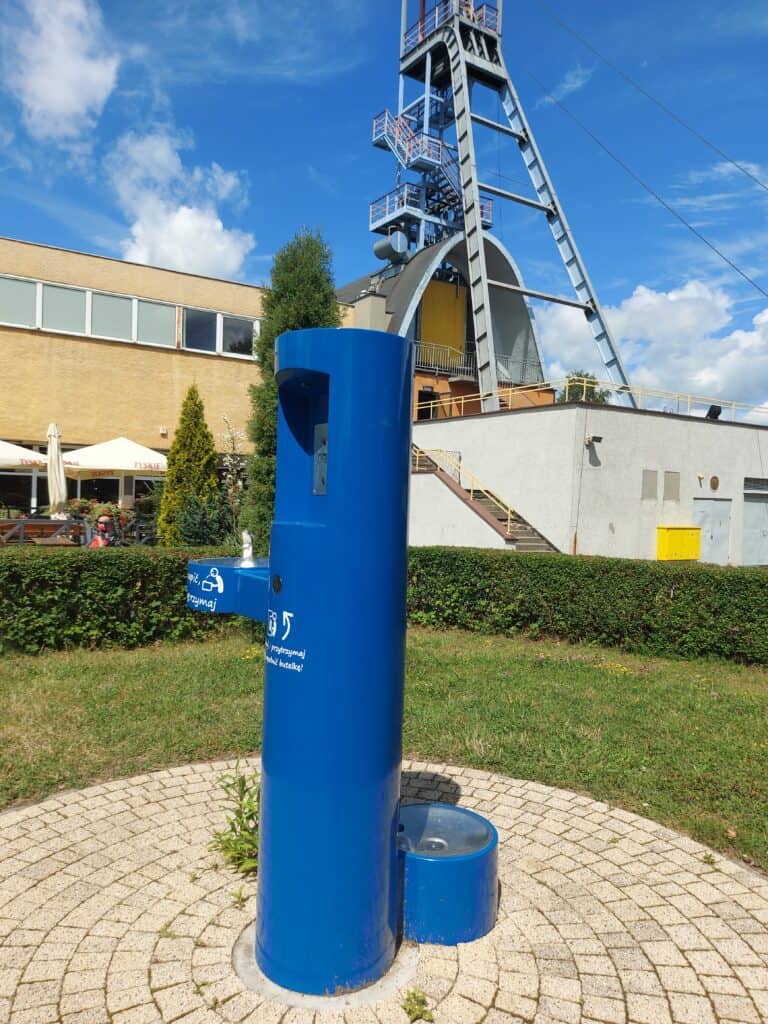
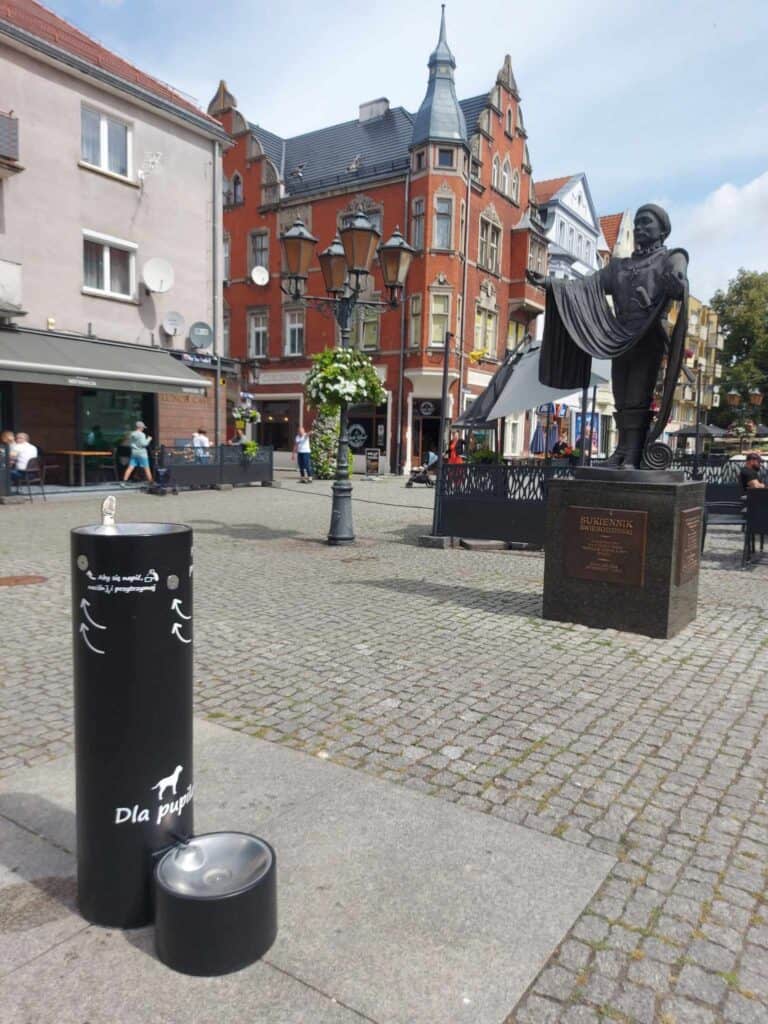
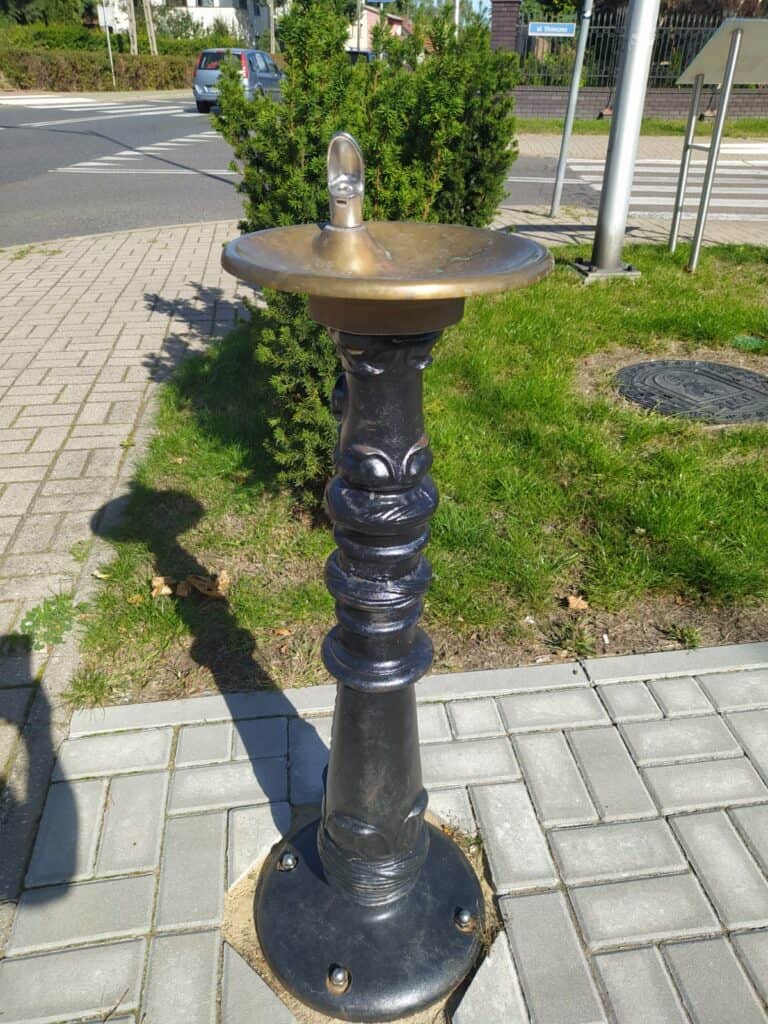
Due to climate change and increasingly hot summers, unrestricted access to drinking water is extremely important, especially during the summer season. Then children, the elderly, as well as residents and tourists alike can ensure that they are properly cooled down and hydrated, despite the high temperatures. Drinking water sources in parks also encourage outdoor activities both adults and parents with children, as they do not have to worry about not having access to water.
Moreover, the initiative to build public drinking water springs has the broad support of the European Union. In 2020, the European Parliament adopted a directive that regulates the quality and public access to drinking water in all countries of the community. This action comes in response to the 'Right2Water' citizens' initiative of more than 1.8 million Europeans demanding improved access to safe drinking water.
In this section you will find a range of practical information related to our solutions. In the articles, we share our experience, discuss implementation steps and highlight good practices. It is a reliable source of information and advice on the provision of drinking water in public spaces, the legal regulations in this area, the benefits of installing drinking water dispensers and the technological aspects in this field.
We look forward to reading!
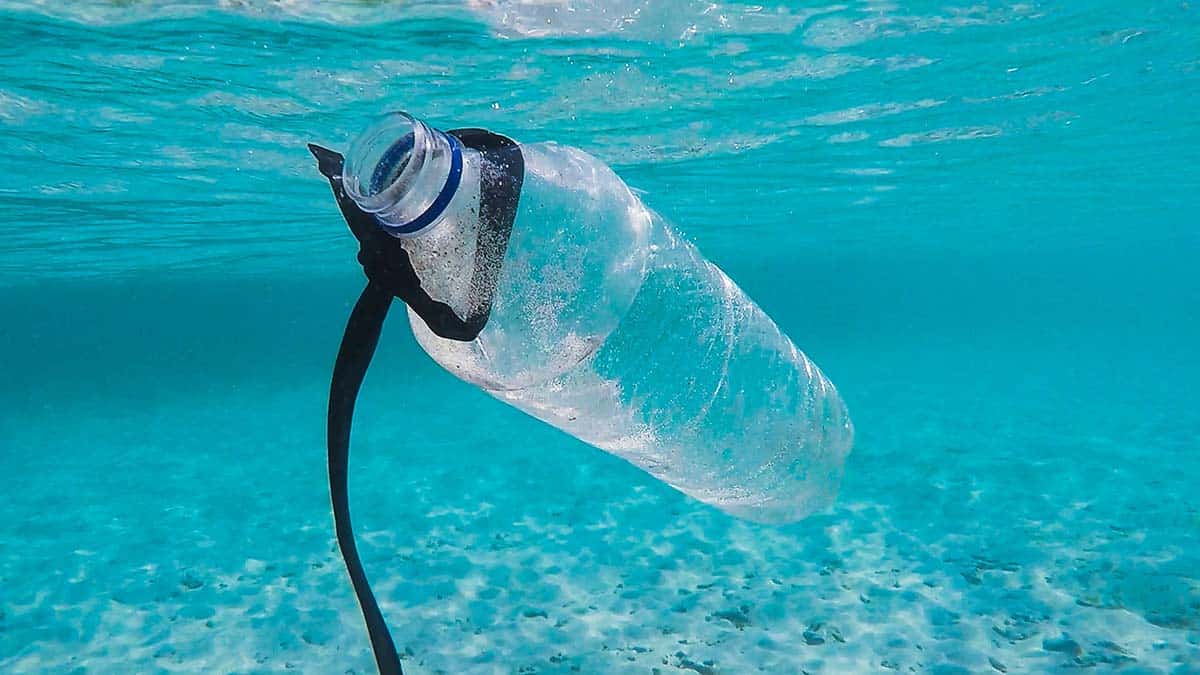
We discuss the issue of making drinking water available on campuses and in schools - how the right educational process and awareness-building influences young people's informed choice between bottled water and tap water.
Although the information presented below refers to the situation in the United States, similar problems also occur in Europe. In Poland, too, despite extensive educational and information campaigns, the prevailing belief is that tap water is unfit for drinking. However, with systematic work and the introduction of appropriate solutions, we are able to change habits and thus introduce real changes in our environment. We encourage you to read on.
After reviewing several studies conducted at different universities around the world, the researchers found that perceptions of water quality determine the choice between bottled water and tap water.
These perceptions include the taste, appearance and smell of the water and whether people think the water is safe to drink. Other factors come down to personal preference, convenience and price.
Interestingly, among the participants in the Mexico City study, although many survey participants said they believed tap water was safe, 62% said they could not be sure that the water distributed at university water stations was safe. Of those who were unsure, 76% said they did not even know where to find this information.
This means that only 20% participants believe that the quality of bottled water is better than tap water. The study states: "This condition is closely related to perceived health risks, the presence of contaminants and other factors that may be hidden. Consumers generally do not have enough information to support such an argument'.
The survey shows us that even if people think their tap water is safe, they have no evidence to support this opinion. On the one hand, they have been told that their water is safe, and on the other they have heard story after story about contaminated water sources. No wonder there is so much confusion.
So it's no surprise that even those concerned about the amount of plastic in the environment are reaching for bottled water from general shops. Firstly, it is readily available, and secondly, 'better safe than sorry'.
Overcoming this belief can be as simple as providing students, staff and lecturers with up-to-date information on the water quality of the system and making it easily accessible. Where can this information be found?
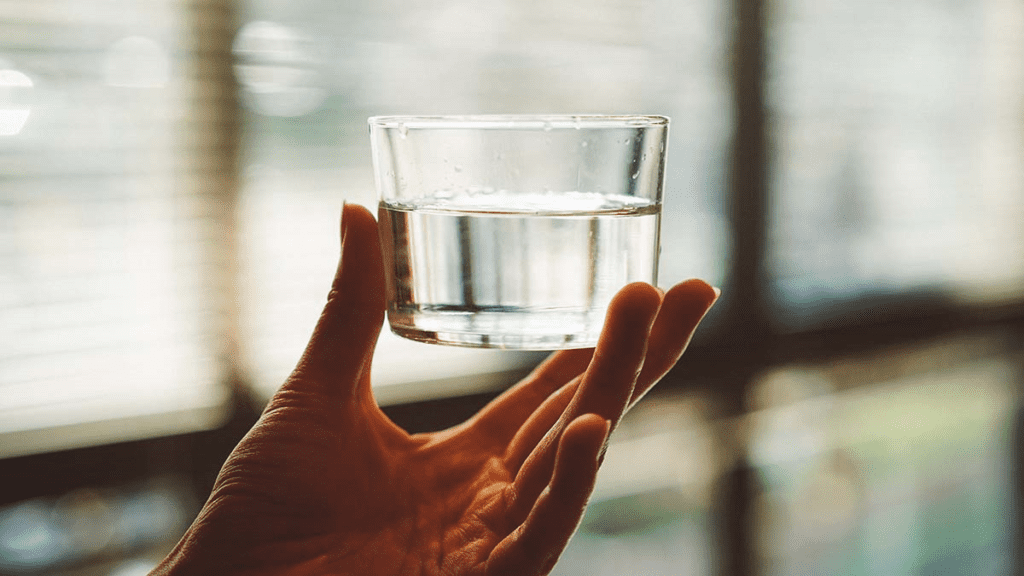
In the US, the EPA requires public water supplies to be clean and safe. Each utility must provide a Consumer Confidence Report (an annual report on drinking water quality) each July.
These reports include information such as the source of the drinking water, any risk of contamination of that source, levels of any contaminants in the drinking water, information on nitrate, arsenic or lead in areas where these contaminants may be a problem, and much more.
Although these reports are provided to customers annually, they are readily available on the water supplier's website and through the EPA.
What these reports do not show is the deterioration of water quality once it leaves the water supply. After leaving the water mains and passing through lead plumbing parts (pipes, fittings and fixtures), the water can become contaminated. The water must be tested at the facility and at the fittings to determine these risks. However, there are no federal guidelines for this type of testing.
Some states and school districts have regulations on how often water must be tested for lead, but some do not, and the decision is left to individual schools. For schools that want to implement a testing procedure, the EPA has a toolkit for increasing access to drinking water in schools, which includes information on how to report test results, both positive and negative.
As the survey referred to earlier shows, respondents said they did not have information about the water quality on their campus or know where to find it. University and college campuses can quickly rectify this. Up-to-date information can be posted next to hydration stations. You can create eye-catching posters with basic information to reassure students, faculty and staff, and provide a QR code to access detailed test results. You can even go a step further by ordering water coolers and bottle fillers with filtration systems.
Only a few universities have implemented a ban on single-use plastic bottles. While students like the idea and usually drive change, it is not always practical. Some of the biggest hurdles to overcome are schools' contracts with drinks companies supplying bottled water and fizzy drinks, juices and energy drinks. There is also the concern that if you eliminate water as an option in campus vending machines, students will be forced to choose less healthy options. Of course, installing hydration stations that provide students with easy access to water can alleviate this problem.
Even if you do not see a way to ban plastic water bottles on campus, you can learn how to reduce their use from schools that are successfully implementing total bans.
Partnerships to Uplift Communities (PUC) Schools, a not-for-profit organisation of 14 schools authorised by the Los Angeles Unified School District, has succeeded in introducing a total ban on single-use plastic bottles.
We understand that bans in primary and secondary schools are very different to those in universities, but remember that these students will soon be your students. Plastic water bottle bans will be their set expectations.
While we cannot help with the first component, we can satisfy the second and point in the right direction for the third.
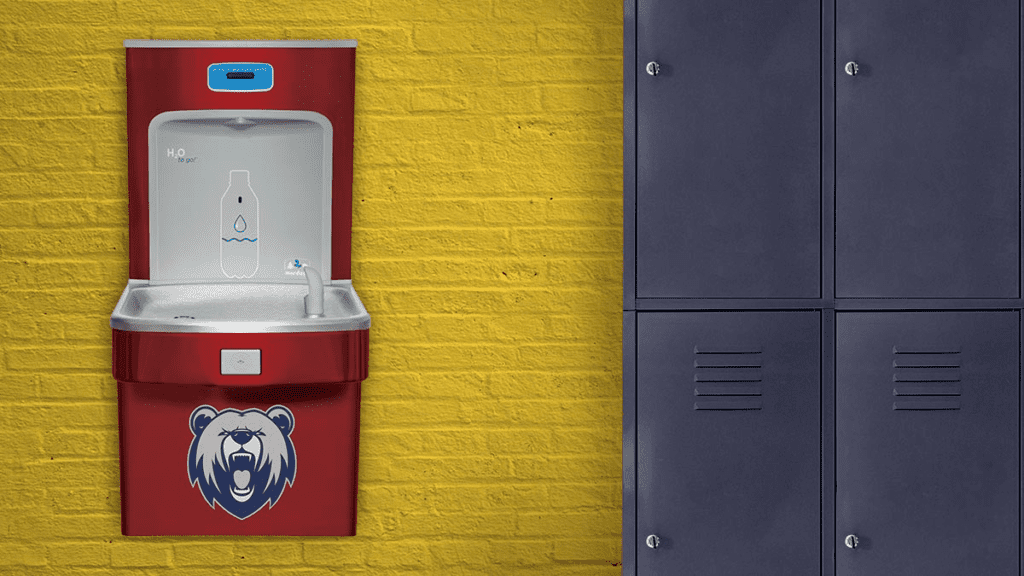
Murdock Manufacturing develops and manufactures durable reusable bottle filling stations, ideal for schools of all types. They are sensor-controlled to prevent the spread of germs and deliver water in line with safety regulations for lead-free products.
Regarding the third point, environmental education, we recommend contacting your local water authority. Either they will have materials to give you, or they will point you to an organisation that deals with this kind of thing all the time.
Contact us if you have any questions about how indoor/outdoor bottle filling stations, water dispensers and drinking fountains can help your campus reduce single-use plastic bottles.
The case study described comes from the USA from our manufacturer Murdock. Original text available HERE.